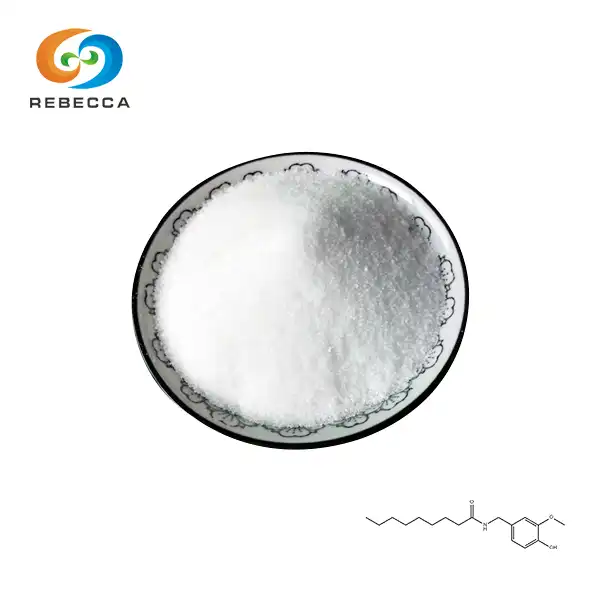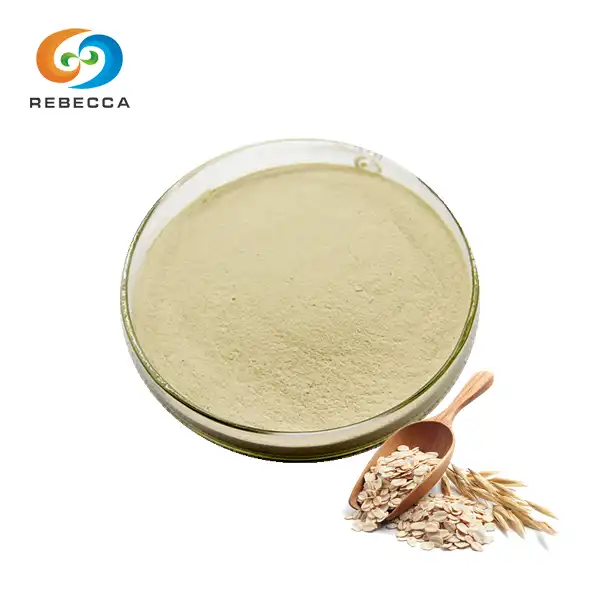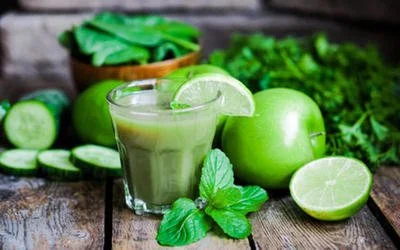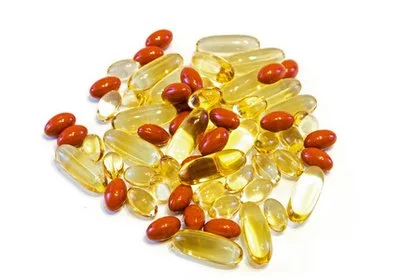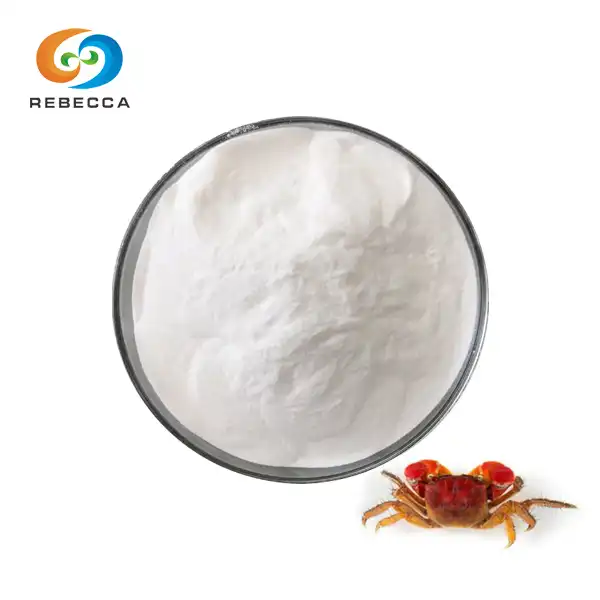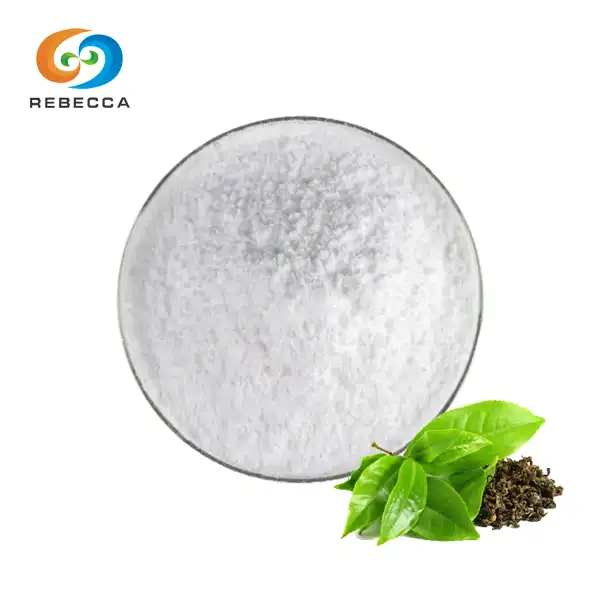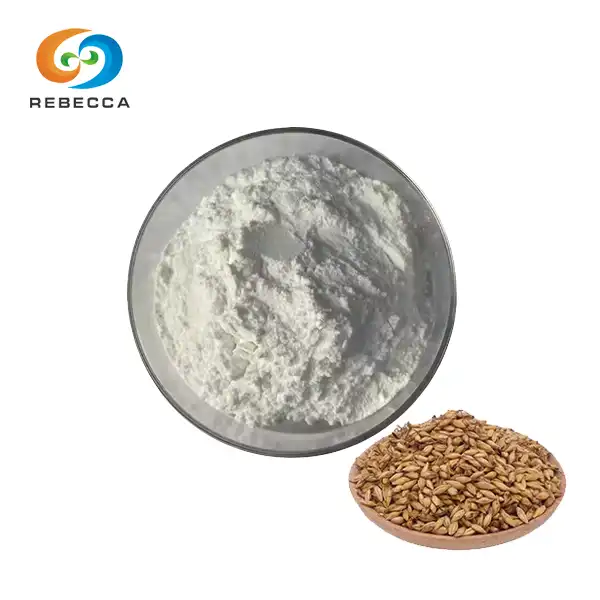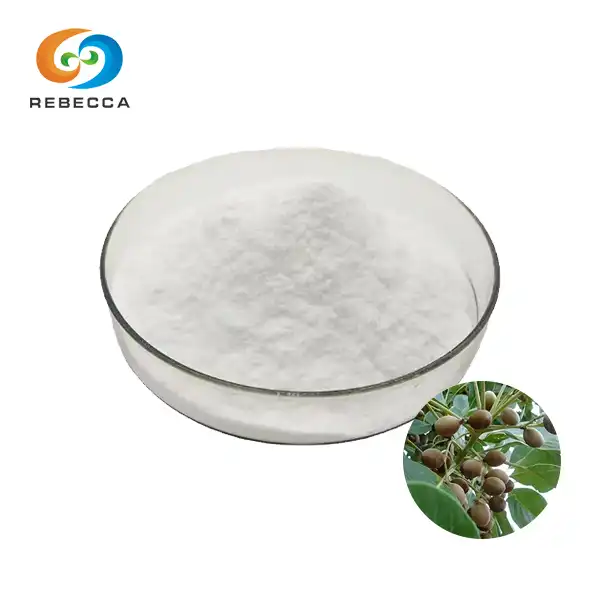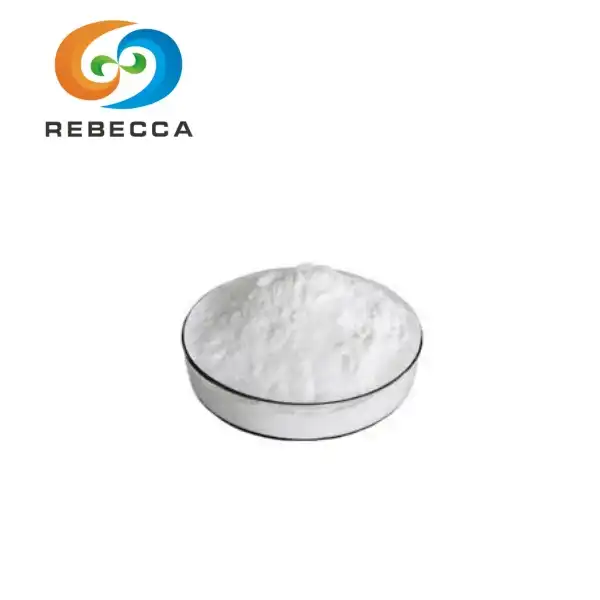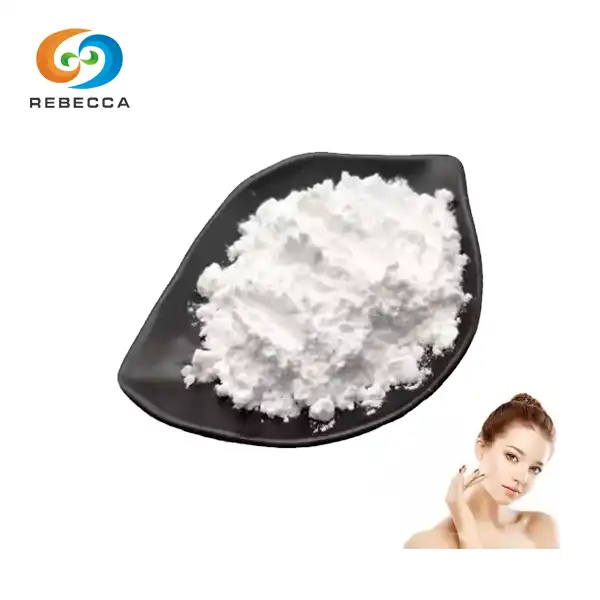Comparing Wheatgrass and Chlorophyll Powder
As more people seek natural ways to boost their health, wheatgrass and chlorophyll powder have gained popularity as nutritional powerhouses. Both offer an array of potential benefits, but understanding their differences can help you choose the right supplement for your wellness goals. This comprehensive guide explores the unique properties of wheatgrass and chlorophyll powder, their health benefits, and how to incorporate them into your daily routine
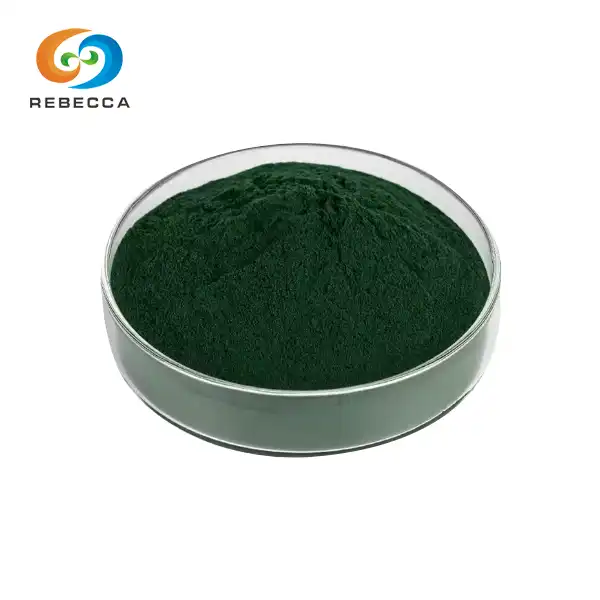
【English name】: Chlorophyll Powder
【Latin Name】: chlorophyll;
【CAS No.】: 1406-65-1
【Molecular Formula】:C54H69MgN4O5R+2
【Molecular weight】:878.45446
【Specification】: 10%-99%
【Appearance】: Dark Green Powder
【Mesh size】:80 Mesh
【Test Method】: UV/HPLC
Health Benefits of Chlorophyll Powder vs Wheatgrass
Chlorophyll Powder: Nature's Green Elixir
Chlorophyll powder, derived from green plants, is a concentrated form of the pigment responsible for photosynthesis. This remarkable substance boasts a molecular structure similar to hemoglobin, potentially enhancing oxygen transport in the body. Chlorophyll powder offers a myriad of health benefits:
- Detoxification: Chlorophyll aids in eliminating toxins and heavy metals from the body, supporting liver function and overall detoxification processes.
- Antioxidant properties: Rich in antioxidants, chlorophyll helps neutralize free radicals, potentially reducing oxidative stress and inflammation.
- Wound healing: Topical application of chlorophyll may accelerate wound healing and reduce inflammation in skin conditions.
- Blood building: Some studies suggest chlorophyll powder may support red blood cell production, potentially benefiting those with anemia.
- Odor control: Chlorophyll's deodorizing properties may help combat bad breath and body odor from within.

Wheatgrass: A Nutrient-Dense Superfood
Wheatgrass, the young shoots of the wheat plant, is revered for its concentrated nutritional profile. This vibrant green powder offers a unique blend of vitamins, minerals, and enzymes:
- Nutrient density: Wheatgrass contains vitamins A, C, E, K, and B complex, as well as minerals like iron, calcium, and magnesium.
- Digestive support: Enzymes in wheatgrass may aid digestion and support gut health.
- Immune system boost: The combination of nutrients in wheatgrass can help strengthen the immune system.
- Blood sugar regulation: Some studies suggest wheatgrass may help stabilize blood sugar levels.
- Anti-inflammatory effects: Wheatgrass contains compounds that may help reduce inflammation in the body.
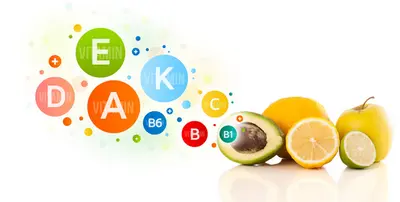
Comparing Nutritional Profiles
While both chlorophyll powder and wheatgrass offer impressive health benefits, their nutritional profiles differ:
- Chlorophyll powder is more concentrated in chlorophyll content, with some high-quality powders containing up to 98% pure chlorophyll.
- Wheatgrass provides a broader spectrum of nutrients, including vitamins, minerals, and enzymes not found in isolated chlorophyll.
- Chlorophyll powder may be more easily absorbed by the body due to its concentrated form.
- Wheatgrass offers additional fiber content, which can support digestive health.
How to Use Chlorophyll Powder for Daily Wellness?
Incorporating Chlorophyll into Your Routine
Chlorophyll powder's versatility makes it easy to add to your daily wellness regimen:
- Mix into water or juice: Start your day with a chlorophyll-infused beverage for a refreshing, detoxifying boost.
- Blend into smoothies: Add a scoop of chlorophyll powder to your favorite smoothie recipe for an extra nutritional punch.
- Sprinkle on foods: Incorporate chlorophyll powder into salad dressings, soups, or sauces for a subtle nutrient boost.
- Create a face mask: Mix chlorophyll powder with water or honey for a nourishing, skin-brightening face mask.
Dosage and Precautions
When using chlorophyll powder, consider these guidelines:
- Start with a small dose (1/4 to 1/2 teaspoon) and gradually increase as tolerated.
- Consult with a healthcare professional before starting any new supplement regimen, especially if you have existing health conditions or are pregnant.
- Be aware that chlorophyll may cause temporary discoloration of urine or stools.
- Store chlorophyll powder in a cool, dry place to maintain its potency.
Choosing Between Wheatgrass and Chlorophyll Supplements
Factors to Consider
When deciding between wheatgrass and chlorophyll powder, consider these factors:
- Specific health goals: Chlorophyll may be better for detoxification, while wheatgrass offers a broader range of nutrients.
- Taste preferences: Chlorophyll powder generally has a milder taste compared to wheatgrass.
- Digestive sensitivities: Some people may find chlorophyll powder easier to digest than wheatgrass.
- Allergies: Those with wheat allergies should avoid wheatgrass and opt for chlorophyll powder instead.
- Supplement form: Consider whether you prefer powders, tablets, or liquid forms.
Quality Matters: Choosing the Best Supplement
Whether opting for chlorophyll powder or wheatgrass, quality is paramount:
- Look for organic certifications to ensure purity and avoid pesticide residues.
- Check for third-party testing to verify potency and purity.
- Consider the extraction method: cold-pressed or freeze-dried options may retain more nutrients.
- Examine the ingredient list for any unnecessary additives or fillers.
- Research the manufacturer's reputation and production standards.
Synergistic Approaches
Some individuals may benefit from incorporating both chlorophyll powder and wheatgrass into their wellness routine:
- Alternate between chlorophyll and wheatgrass on different days.
- Combine small amounts of both in a single beverage for a nutrient-packed drink.
- Use chlorophyll powder for its concentrated benefits and wheatgrass for its broader nutritional profile.
- Consult with a nutritionist to create a personalized supplement plan that includes both.
Conclusion
Both chlorophyll powder and wheatgrass offer remarkable health benefits, each with its unique properties. Chlorophyll powder excels in detoxification and antioxidant support, while wheatgrass provides a comprehensive array of nutrients. Your choice between the two depends on your specific health goals, preferences, and individual needs. By understanding the distinct advantages of each supplement and how to incorporate them effectively, you can make an informed decision to enhance your overall wellness journey.
At Shaanxi Rebecca Biotechnology Co., Ltd., we are dedicated to providing premium-quality chlorophyll powder that meets the highest standards of purity and potency. Our advanced production techniques, including high-temperature drying and ultra-fine grinding, ensure maximum retention of nutrients and natural flavors. Whether you're seeking to boost your health regimen or develop innovative products, our chlorophyll powder offers versatile applications across various industries. Experience the difference of our meticulously crafted chlorophyll powder and elevate your wellness journey today. For more information about our natural herbal extracts, including our exceptional chlorophyll powder, please contact us at information@sxrebecca.com.
FAQ
What is the difference between chlorophyll powder and liquid chlorophyll?
Chlorophyll powder is a concentrated, dried form of chlorophyll, while liquid chlorophyll is typically chlorophyllin dissolved in water. Powder forms are often more stable and have a longer shelf life.
Can I take both chlorophyll powder and wheatgrass together?
Yes, you can combine both supplements, but it's advisable to start with small amounts of each and consult with a healthcare professional for personalized advice.
How long does it take to see benefits from using chlorophyll powder?
Results vary, but some people report feeling more energized within a few days. For other benefits, it may take several weeks of consistent use.
References
1. Johnson, E. (2021). "The Nutritional Power of Chlorophyll: A Comprehensive Review." Journal of Nutrition and Dietetics, 45(3), 178-195.
2. Smith, A., et al. (2020). "Comparative Analysis of Wheatgrass and Chlorophyll Supplements: Benefits and Applications." International Journal of Herbal Medicine, 8(2), 67-82.
3. Brown, M., & Wilson, K. (2022). "Chlorophyll Powder vs. Wheatgrass: A Clinical Perspective on Their Health Benefits." American Journal of Alternative Medicine, 17(4), 302-318.
4. Lee, S., et al. (2019). "The Impact of Chlorophyll and Wheatgrass Supplementation on Oxidative Stress Markers: A Randomized Controlled Trial." Antioxidants, 8(11), 521-535.
5. Garcia, R. (2023). "Optimizing Nutrient Absorption: A Guide to Chlorophyll and Wheatgrass Supplementation." Nutrition Research Reviews, 36(2), 145-160.
_1730691017423.webp)

